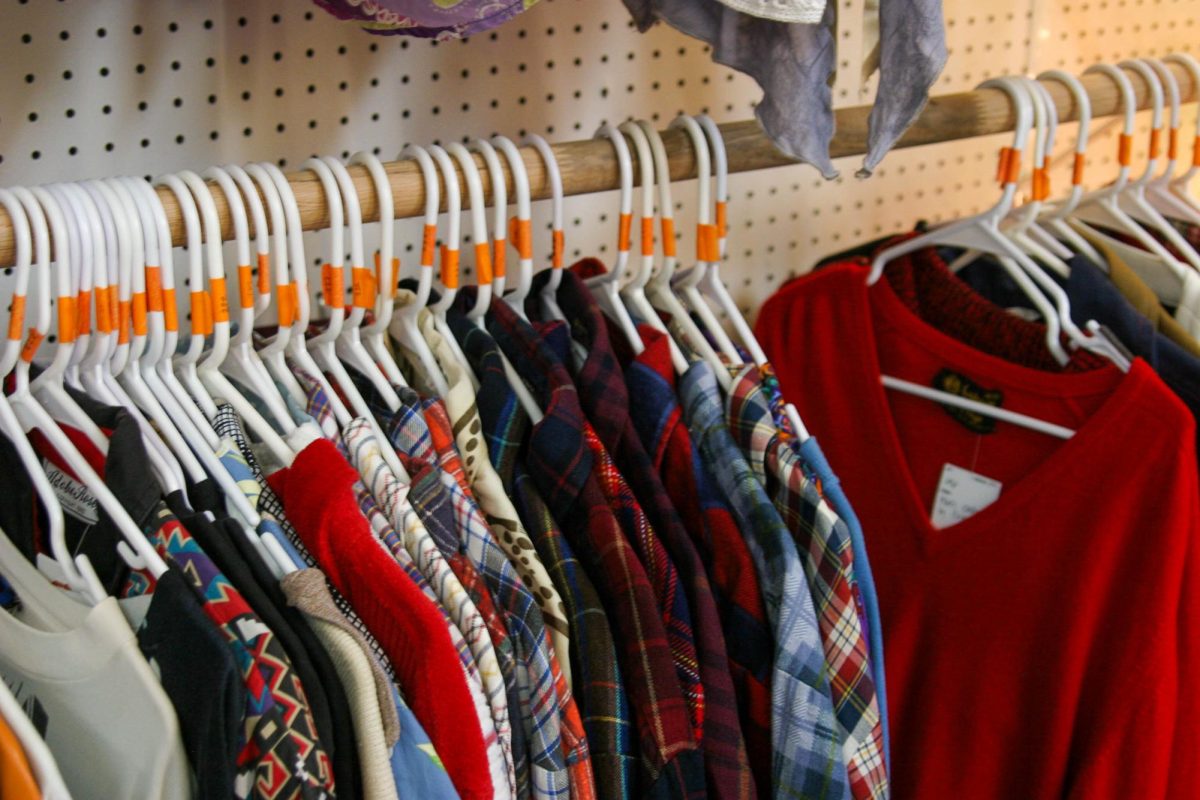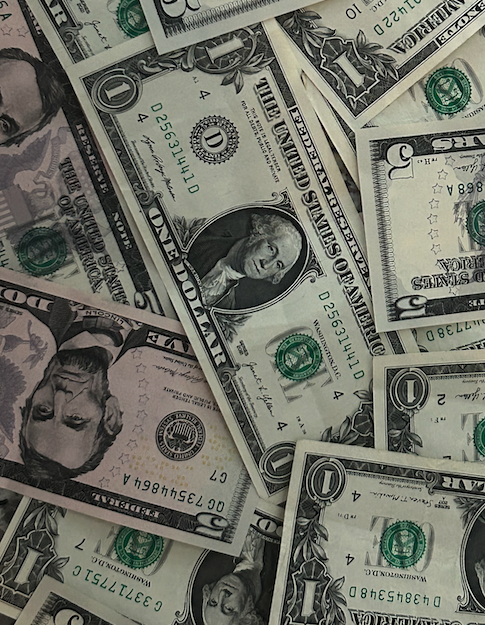In the 2000s, movies often would include a scene of a shopping spree where the main characters would have bags and bags of clothing before a fun event. But that’s exactly what it used to be – a movie. Now you are simply one scroll away from seeing someone’s daily shopping spree plague your social media feed.
Many people buy clothes without a second thought, but while they may not face any instant repercussions, the consequences of overconsumption are inevitable.
Overconsumption is everywhere, so much so, it has become a sort of aesthetic on the internet, similarly, fast fashion is the outsourcing of manufactured goods for low prices, but in order to keep the cost low, workers, mainly from undeveloped countries, are exploited for consumers’ benefit.
“The [fast fashion] industry employs approximately 60 million factory workers worldwide yet less than 2% earn a living wage. Garment workers endure unsafe conditions, wage theft, exhausting hours, minimal pay, and gender-based harassment,” Mykhail Helm said with the organization, Earth Day.
This isn’t the only problem with the industry. NHS environmental science teacher Eric Gurule instructs students all about these kinds of issues.
“On the manufacturing side, you get a lot of these companies using chemicals to dye their clothes, and then those dyes end up in local waterways, causing water pollution,” Gurule said.
In the U.S., the average consumer throws away almost five pounds of waste a day, which seems dystopian when most of the workers of these pieces are paid in some cases around $1.58 an hour or as little as $20 a day in other cases, most falling under a living wage according to the U.S. Department of Labor and the United States Environmental Protection Agency.
“They’re made in countries where manufacturing can be cheap and also quick. It allows the products to come into the United States at really cheap prices, and to a consumer, it makes costs really cheap,” Gurule said. “But then also it facilitates overconsumption because you are buying a lot more clothes than you need because they’re cheap and when those clothes break down over time, maybe after a few years, they are more easily discarded, because they only spent so little money on the clothes.”
So how are consumers supposed to fix a problem that seems so heavily engrained into society? To find the solution, it could be beneficial to look into the past.
“In the past, clothes were handmade of really high quality and so oftentimes when somebody died, those clothes were passed down to like their kids and their grandkids. Clothes were valued to people, and when they were finally worn down enough, they even reused them for rags and for cleaning,” Gurule said. “But once plastics came to the market and you could weave plastics into clothing, you could make them not only cheaper, but you can make them faster and that took the market in a totally different direction.”
Although making homemade clothes might not be attainable for all, Gurule mentioned repurposing, reusing, passing down, and of course, thrifting.
Some companies allow buyers to ship back clothing in any condition for them to spin into new clothes. This can be a bonus because not only are the clothes staying in the cycle and not going into landfills, but certain companies provide benefits for doing this.
Several more sustainable ways to be more environmentally friendly are to prioritize quality over quantity, shopping secondhand, and upcycle old clothes and in the end try to be a little more thoughtful before purchases.
Overconsumption is dangerous, and being aware of the consequences and how to do better, is the best way to combat the risk of Earth running out of resources. Young adults in this generation, as a world, as humans, need to do better for the future of the planet and the generations that will call this earth their home.









